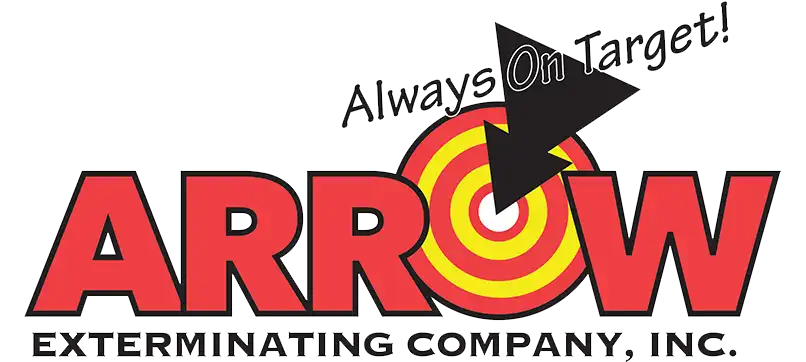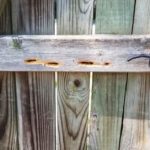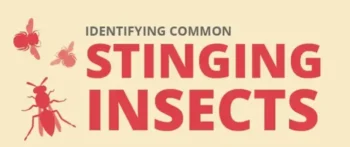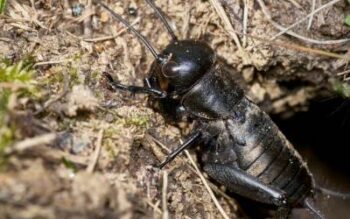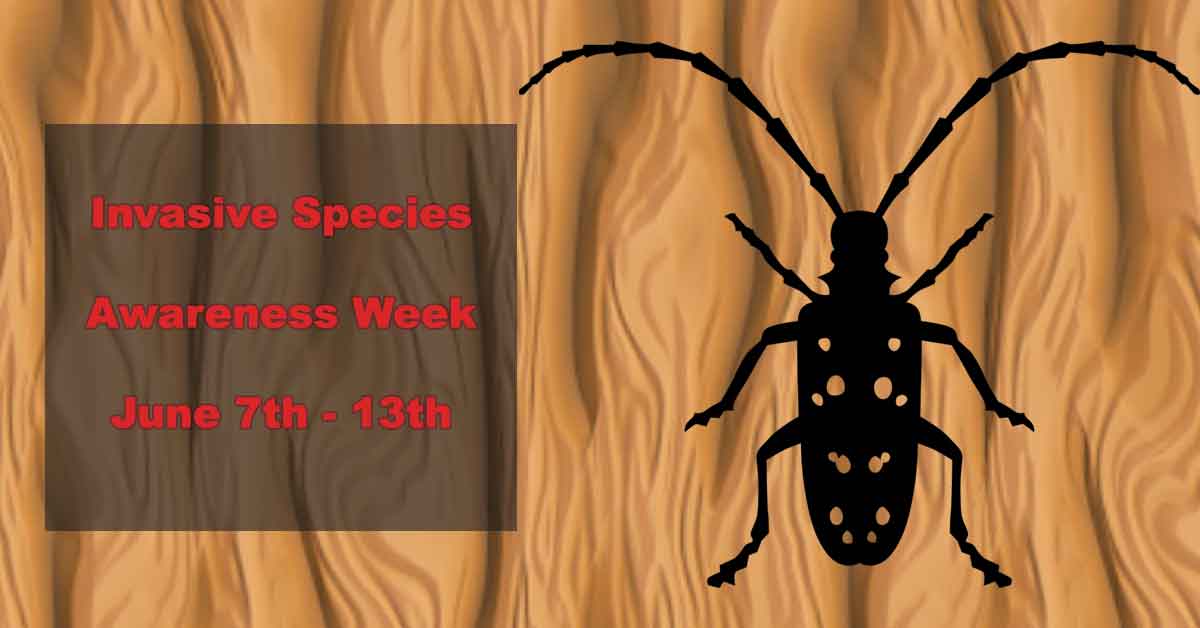
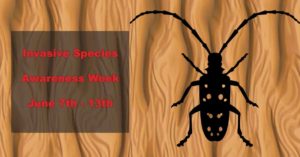 Invasive Species Awareness Week is June 7-13th. New York State’s Department of Environmental Conservation takes the subject so seriously it cites a variety of initiatives and activities for the week, though due to COVID-19 concerns the state is now urging organizations to move events online whenever possible.
Invasive Species Awareness Week is June 7-13th. New York State’s Department of Environmental Conservation takes the subject so seriously it cites a variety of initiatives and activities for the week, though due to COVID-19 concerns the state is now urging organizations to move events online whenever possible.
What Are Invasive Species?
Some homeowners consider an “invasive species” any sort of pest they don’t like on their property. That is not the actual definition though.
According to the National Oceanic and Atmospheric Administration (NOAA), “Invasive Species are animals or plants from another region of the world that don’t belong in their new environment.” Invasive species can permanently change a habitat.
What makes an invasive species so dangerous is that they won’t have the predators or environmental conditions in their new location which kept them in check in the old location. This often means they can breed excessively and/or prey on other species.
Invasive species can also eat certain plants until they are wiped out. Even the most benign creature in its native environment can become a threat in a new environment.
What Invasive Species Are the Biggest Problems in the U.S.?
Thankfully not every invasive species in the United States has spread nationwide. The ones commonly named for the East Coast include the emerald ash borer, Asian longhorned beetle, hemlock woolly adelgid, gypsy moth, and camel cricket.
The Asian Giant Hornet was recently in the news under the moniker “murder hornets.” Luckily, it has only been found on the West Coast so far and in extremely limited areas. Environmental experts and beekeepers are working hard to eradicate Asian Giant Hornets before they can destroy vital honeybee hives.
Gypsy moths received a lot of attention in the 1980s, but a fungus sometimes curtails their population when the seasons are very wet. It was originally thought that gypsy moths might help with silk production, but the ones brought to Massachusetts escaped and have been preying on trees ever since. While Arrow doesn’t treat trees and ornamental foliage, it’s very important to be aware of what invasive species might be in your neighborhood.
Emerald Ash Borers arrived in the U.S. in 2002. As their name implies, they attack Ash trees, killing mature ones within just a few years.
The Hemlock Woolly Adelgid is similar to aphids. You might recognize them by the mass of “woolly” material they leave on infested hemlocks. As with emerald ash borers, hemlock woolly adelgids can destroy Hemlocks.
Camel Crickets have an estimated population of 700 million on the East Coast. They have replaced native American species in many areas, so odds are the cricket you’ll find in your basement is the invasive camel cricket.
Let Arrow Solve Your Insect Problems
Whether it’s hornets, beetles, ticks, or crickets; invasive species can be dangerous to you, your family, and your property. Don’t try to handle them on your own. Call or contact us today at Arrow Exterminating and let our professionals handle it.
